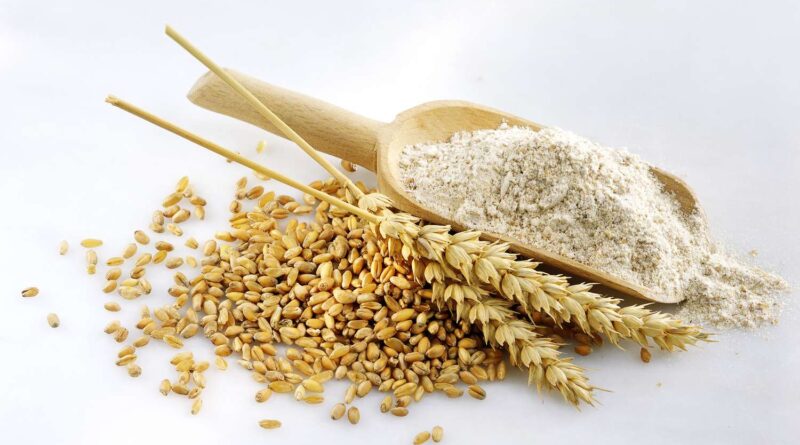How 100kg seeds from Mexico made India a wheat basket
By Sunil Nair
India’s crowning glory in scientific advancement may well be the Moon-landing, but a more substantial triumph is the use of plant genetics to boost food production. Until 1965, when the population was more than 500 million, wheat output in India was barely 12 million tonnes. It was a country infamously living “ship-to-mouth” on imported US grain.
In the decades since, annual wheat production has multiplied almost 10 times to 112 million tonnes. This growth in yield, which averted food shortage, can be traced back to a fortuitous set of circumstances beginning with M S Swaminathan, a degree holder in agriculture science and a postgrad in cytogenetics, chose not to join the Indian Police Service in 1949 despite passing the civil service exams.
Instead, the young scientist chose a Unesco fellowship in genetics in the Netherlands and a doctorate in philosophy at Cambridge before moving to the US for post-doctoral research at the University of Wisconsin. That’s where he met the legendary Dr Norman Borlaug in 1953 when the latter gave a speech on controlling rust disease in wheat. It was the beginning of an association that continued after Swaminathan returned to India and took up a government job. By 1959, Borlaug had reported impressive results in growing a high-yielding wheat in Mexico which used a dwarfing gene from Japan known as Norin10. His young Indian counterpart was the only plant geneticist in Asia who took notice.
Back then, the finest varieties of wheat and rice in India, under the best conditions and with adequate doses of fertilizer, could give only 20%- 30% more than average yield. They could not stand high doses of chemical fertilizers, nor would their slim stems bear the weight of ears of grain. Swaminathan, who helmed the wheat programme at Indian Agricultural Research Institute, wrote to his director B P Pal in April 1962 on the implications of Borlaug’s success with semidwarf wheat that held more grain; he wanted his boss to invite the American scientist to India and request for material used during spring trials in Mexico.
With the leadership under Lal Bahadur Shastri and agriculture minister C Subramaniam looking for ways to combat food shortage, the government soon wrote to the Rockefeller Foundation (which funded the Mexican programme) asking for Borlaug’s services and the seeds at his disposal. Borlaug visited India in March 1963 and later sent 100kg of seeds of dwarf and semi-dwarf varieties.
These were used widely on “demonstration plots” to persuade farmers in Punjab to try it out. And because the Borlaug grain was red in colour, the Indian scientists cross-bred them with local varieties to give it its characteristic golden colour. Today, the wheat grown in India has signatures of the original material that came from Mexico.
This article has been republished from The Times of India

